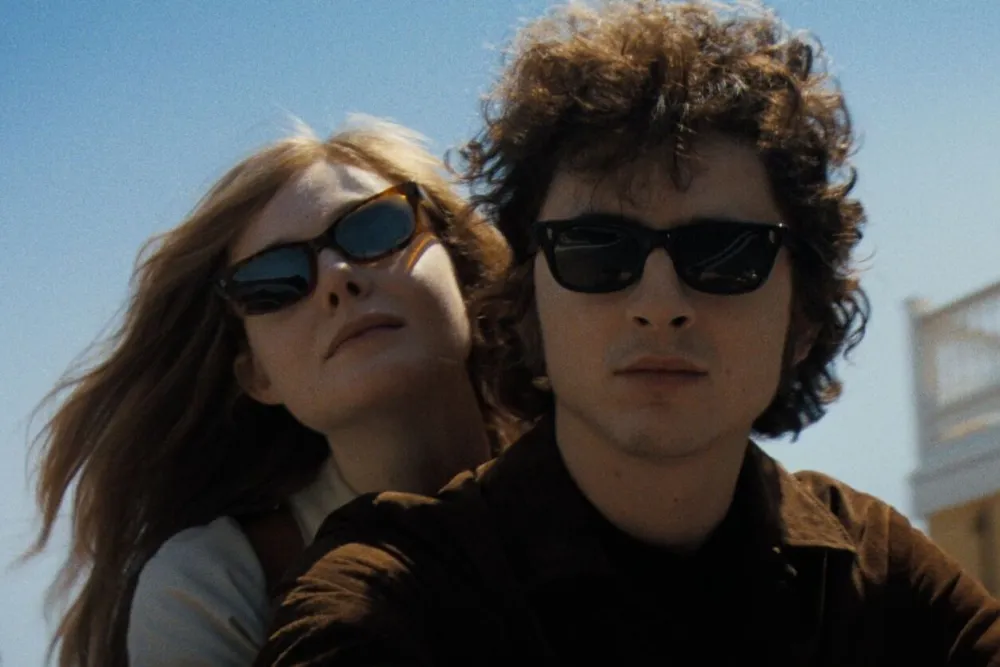Bob Dylan never stood in awe of his own brilliance. Instead, he framed his creative process as something external, ethereal. In one interview he described songwriting as if it “filters out” of him at the crack of dawn—when sleeplessness softens intention, freeing the music to emerge effortlessly. That elusive, “spacey” quality, he added, was precisely the sound he sought.
In the whirlwind of the 1960s, Dylan’s output was staggering. Over a mere fifteen months, he released Bringing It All Back Home, Highway 61 Revisited, and Blonde on Blonde—a creative blitz often cited as one of music’s loftiest peaks. From his 1962 debut through the decade’s end, he issued nine albums, several of which are now universally lauded as monumental. Though few sources detail the notion that he believed “ghosts” authored his greatest songs, Dylan did express that songs would arrive as if delivered by some unseen force. “It’s like a ghost is writing a song like that,” he once mused. “It gives you the song and it goes away… Except that the ghost picked me to write the song.”
But that tidal wave of creativity eventually ebbed. A 1966 motorcycle accident threw Bob Dylan into introspective seclusion, and the magic of relentless output began to fade. By the 1970s, his songwriting took on a quieter, inward-looking tone—still prolific but less ferocious, less outwardly probing.
Reflecting on his prime, Dylan singled out a trio of songs he believed he’d never replicate: “Masters of War,” “A Hard Rain’s A-Gonna Fall,” and “Gates of Eden.” He observed that their potency stemmed from rare, unreproducible circumstances. “To do it,” he wrote, “you have to have power and dominion over the spirits. I had done it once, and once was enough.”
In 1989, working with Daniel Lanois on Oh Mercy, Dylan chased that same spectral genius. Though the album was widely hailed—even acclaimed as his best since Desire—he acknowledged it lacked the otherworldly urgency of his ’60s work. Instead, he expressed a sense of peace about having had that fire at all. He no longer needed to cling to it. As he put it succinctly: “I did it once, and I can do other things now. But I can’t do that.”
Ultimately, Dylan accepted that his early era was singular and irreplicable—but he trusted that someday, someone else might channel a similar creative force. “Someone would come along eventually who could see into things… not metaphorically either, but really see, like seeing into metal and making it melt,” he imagined. For him, that one magical run was enough.

